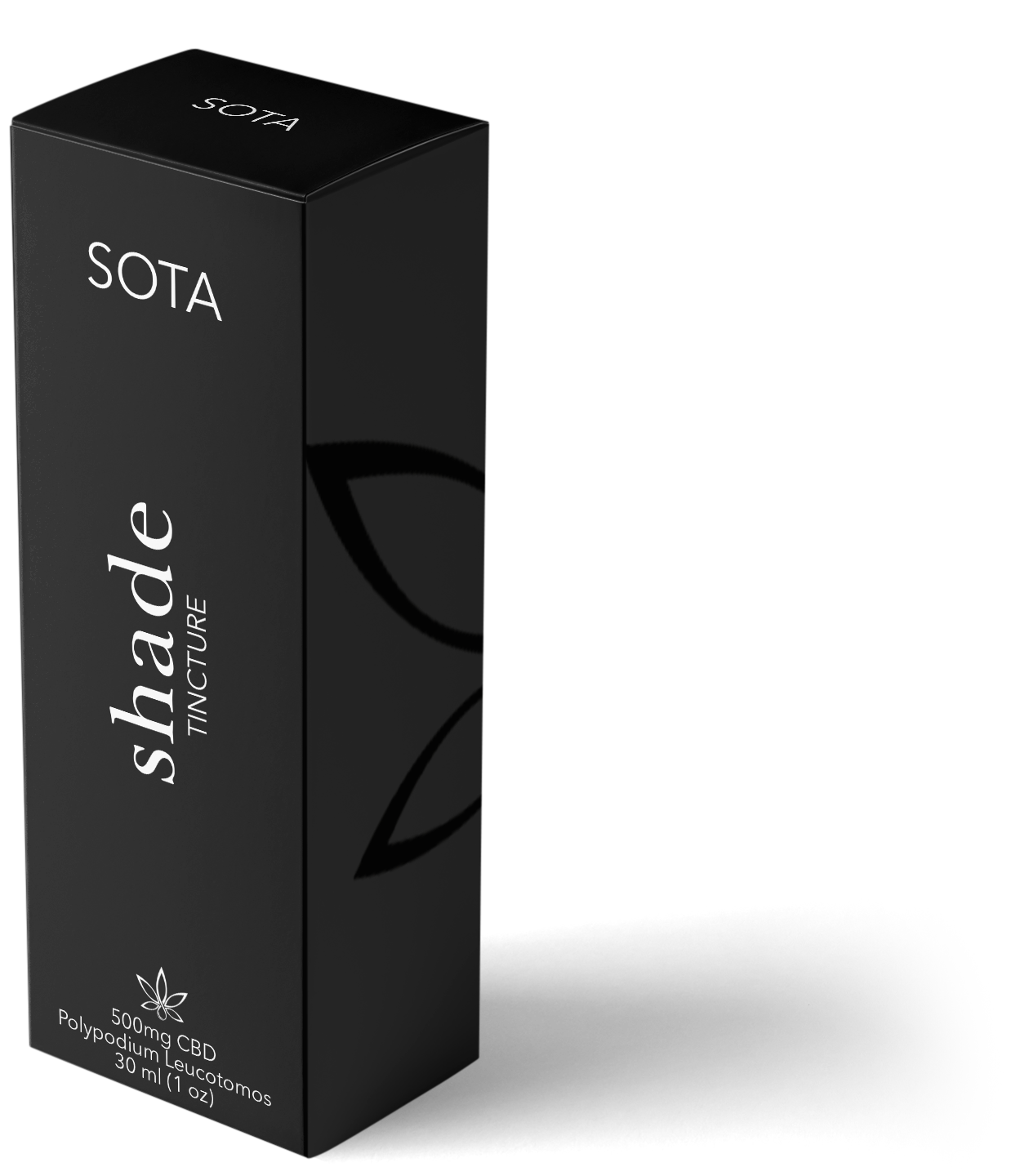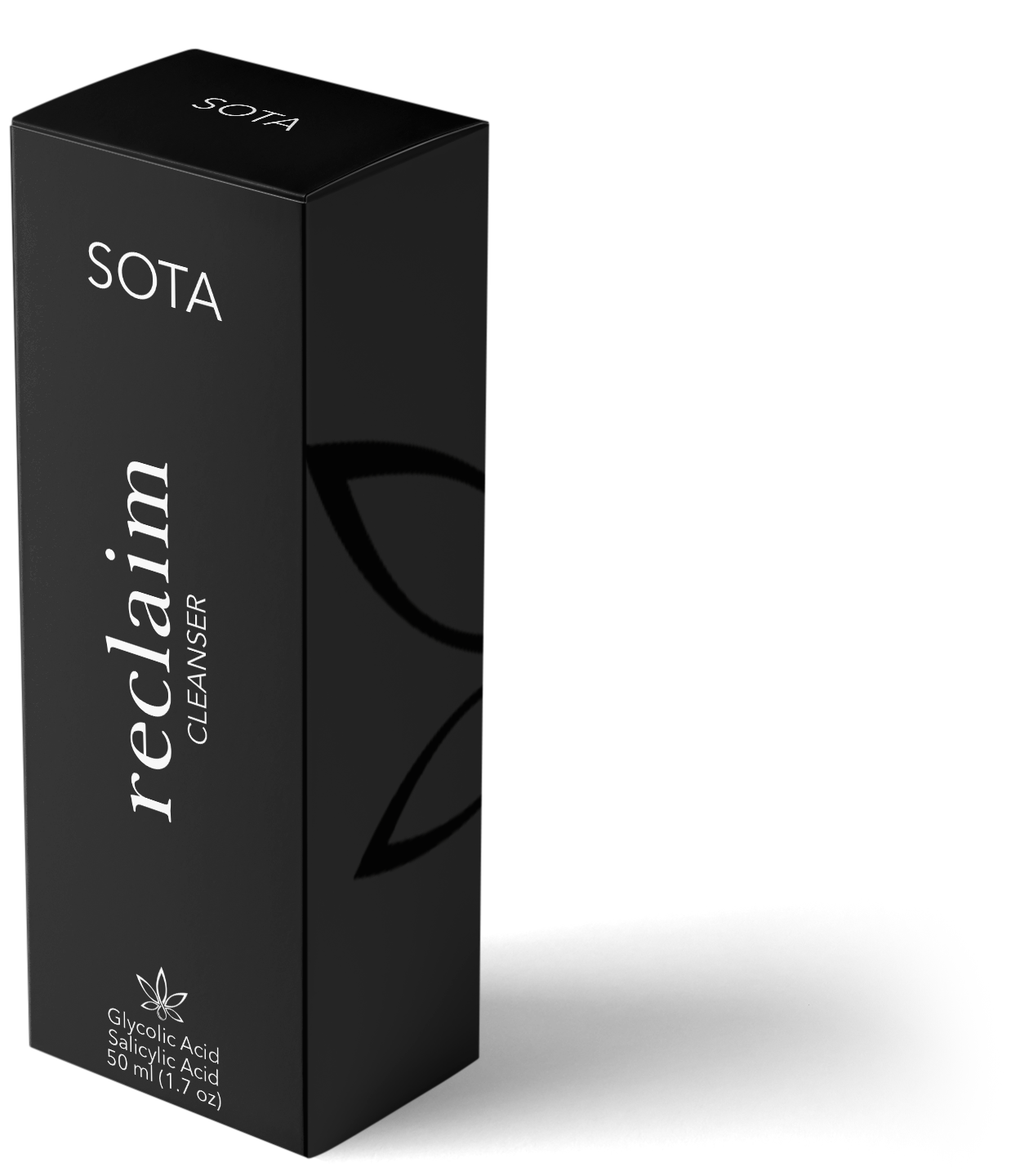Data behind
SOTA Stories
Skin and CBD
Terminology
Dr. Cather's
Published Articles

X
100% Clean and All-Natural
Patented Dropper and Packaging
X
OUR BRAND
100% Clean and All-Natural
Patented Dropper and Packaging
X
Data behind
SOTA Stories
Skin and CBD
Terminology
Dr. Cather's
Published Articles

X

Full Title:
Long-term efficacy and safety of topical glycopyrronium tosylate for the treatment of primary axillary hyperhidrosis: Post hoc pediatric subgroup analysis from a 44-week open-label extension study.
Introduction:
Glycopyrronium tosylate (GT) cloth, 2.4% is a topical anticholinergic approved in the United States for primary axillary hyperhidrosis in patients ≥9 years. This post hoc analysis evaluated long-term response (efficacy and safety) in pediatric patients (≥9 to ≤16 years) to GT in the 44-week, open-label extension (NCT02553798) of two, phase 3, double-blind, vehicle-controlled, 4-week trials (NCT02530281, NCT02530294).
Methods:
In the double-blind trials, patients ≥9 years with primary axillary hyperhidrosis were randomized 2:1 to once-daily GT:vehicle. Those who completed the study could receive open-label GT for up to an additional 44 weeks. Safety assessments included treatment-emergent adverse events (TEAEs) and local skin reactions (LSRs). Descriptive efficacy assessments included gravimetrically measured sweat production, Hyperhidrosis Disease Severity Scale response (≥2-grade improvement), and Children's Dermatology Life Quality Index.
Results:
Of 43 pediatric patients completing either double-blind trial, 38 (88.4%) entered the open-label extension (age, years: 9 [n = 1], 12 [n = 2], 13 [n = 7], 14 and 15 [n = 9 each], 16 [n = 10]). The safety profile observed was similar to the double-blind trials. Most TEAEs (>95%) were mild/moderate, related to anticholinergic activity, and infrequently led to discontinuation (n = 1/38 [2.6%]). No pediatric patients experienced a serious TEAE. Most anticholinergic TEAEs did not require a dose modification and resolved within 7 days. Approximately, one-third of patients (n = 13/38 [34.2%]) had LSRs; most were mild/moderate in severity. Improvements in efficacy measures were maintained from the double-blind trials.
Other HRQoL impacts were on mood/emotion (95%), physical activities (70%), daily activities (60%), and relationships with friends and family (45%). These impacts significantly affected daily activities. Physical activities were affected by symptoms and flares, and increased sweat and friction worsened symptoms. Patients reported daily practices to control outcomes.
Conclusion:
Long-term, once-daily GT for up to 48 weeks (4-week double-blind plus 44-week open label) provides a noninvasive, well-tolerated treatment option for pediatric patients with primary axillary hyperhidrosis.
2020, PMID: 32147881
Full white paper available for review here
WHITE PAPER | the abstract
Authors: Cather JC, Herbert AA, Glaser DA, Green L,
Hull C, Drew J, Gopalan R, Paraiser DM
PRIMARY AXILLARY HYPERHIDROSIS























